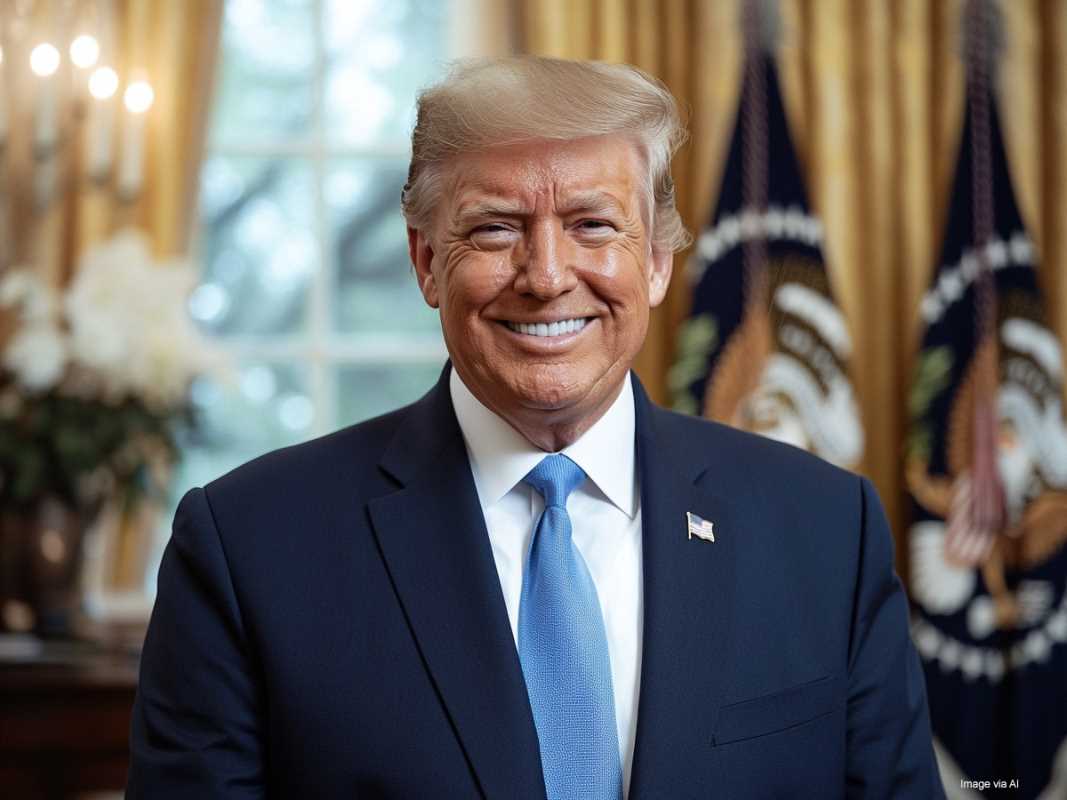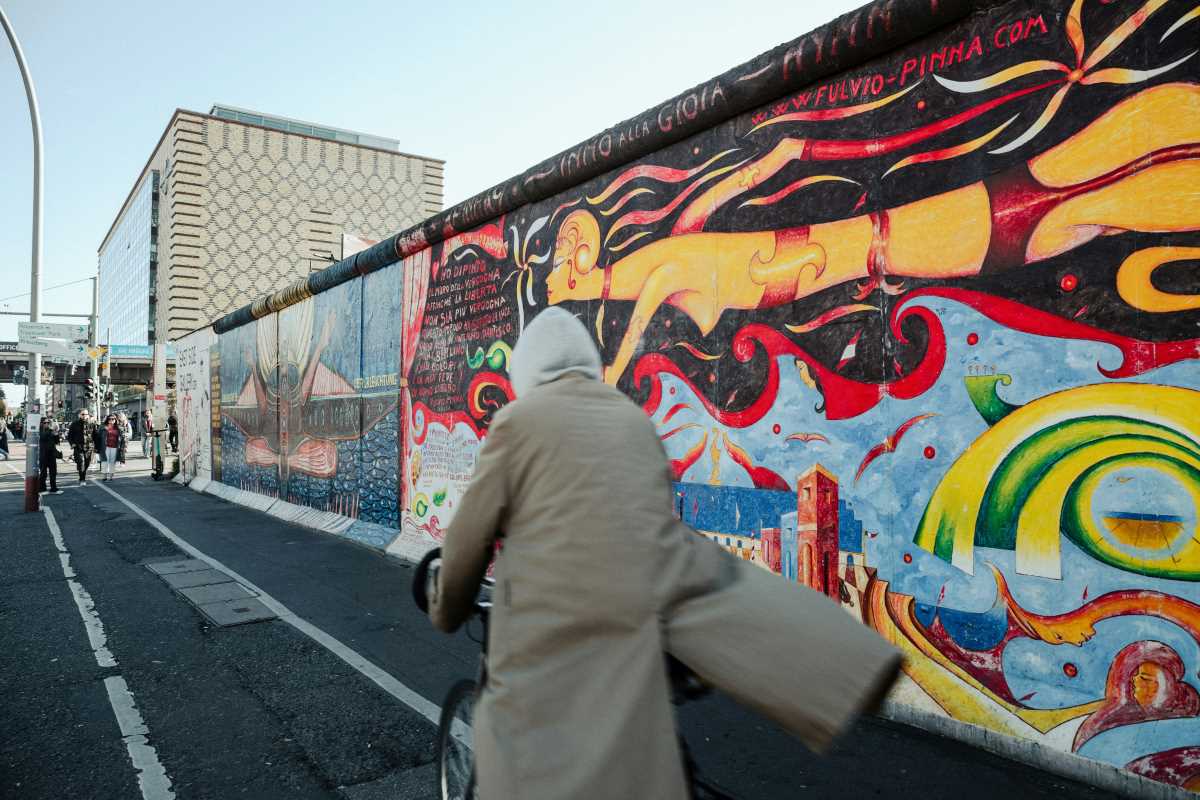With the possibility of a Trump presidency returning, many are curious about what changes might be on the horizon. Whether you're deep into politics or only catching headlines now and then, understanding what lies ahead is important. During his first term, Donald Trump focused heavily on issues like immigration, the economy, and reshaping government processes. This time, a roadmap known as Project 2025 could serve as an outline for many of his administration’s policies. While Trump himself has said he hasn’t read the document, several contributors and ideas from Project 2025 have influenced his team’s plans. To help unpack it all, here’s a breakdown of what a Trump presidency might bring based on past actions and future proposals.
Rebooting Immigration Policies
Immigration is one of the central issues tied to Trump’s leadership. His first term included building sections of a border wall and rolling out policies to make it harder for migrants to seek asylum. If he is reelected, immigration will remain a key priority.
An important part of Project 2025 is its focus on securing the U.S. border and enforcing stricter immigration laws. This includes finishing the border wall, deporting immigrants who don’t have legal status, and cracking down on illegal border crossings. Beyond this, the plan also includes proposals to end birthright citizenship, which grants citizenship to anyone born in the U.S., and limit visa programs for foreign workers.
While supporters argue these measures protect jobs and enhance national security, opponents worry they could harm families, strain humanitarian systems, and punish people seeking refuge. Trump’s prior focus on enforcing these policies strongly hints that similar actions could return under his administration.
The Economy and Trade
Trump has built his reputation as a businessman who can improve economic conditions, and his "America First" strategy reflects that. His last term saw efforts to reduce reliance on imports, renegotiate trade deals, and promote domestic manufacturing. If reelected, these themes are likely to continue.
One standout proposal under Project 2025 involves cutting government spending, which is aimed at curbing inflation. There’s also a big push to revive U.S. manufacturing by rewarding companies that create goods domestically and imposing tariffs on foreign ones. Trump might also prioritize energy independence by supporting industries like oil and gas, reversing regulations to expand production.
Advocates believe these moves will make the country less dependent on foreign resources, create jobs, and lower consumer costs. Critics highlight environmental concerns and argue that tariffs could lead to higher prices for goods Americans rely on.
Reshaping the Federal Government
One of the boldest strategies under Project 2025 is a significant restructuring of the federal government. Trump’s first term was filled with efforts to reduce what he referred to as "deep state" bureaucracy, and his potential next term could take this further.
Project 2025 proposes changes such as reclassifying federal employees to make it easier to fire them and consolidate power within the executive branch. Supporters argue this will eliminate inefficiencies and ensure the government reflects voters’ choices. Critics, however, are concerned it could lead to excessive partisanship and weaken protections against abuses of power.
Trump’s administration might also cut back the influence of federal agencies in areas like education. This includes advocating for school choice policies, where public education funding could follow students to private schools or other educational programs. While this could give families more control over their kids’ education, opponents worry it might divert resources from public schools and widen educational disparities.
Social and Cultural Shifts
Over the years, Trump’s political brand has been strongly tied to culture wars, emphasizing traditional values and opposing what his supporters refer to as "woke ideology." This theme is embedded in Project 2025, which proposes shifts to several social and cultural policies.
For instance, Trump’s administration might place restrictions on federal funding for diversity, equity, and inclusion programs. There are also measures to limit discussions in schools about topics like gender identity and race, with the goal of keeping education "neutral."
These issues polarize Americans. Supporters believe these policies will protect freedoms and prevent political bias, while critics see them as forms of censorship that suppress valuable conversations about inequality and social justice.
Changing Health Care
Health care is always a hot-button issue in any presidency, and Trump has indicated he might revisit some of these challenges. During his first term, he tried to repeal the Affordable Care Act (ACA), but the effort failed. Under Project 2025, health care changes could focus on reducing federal control and introducing more market-based solutions.
This might involve scaling back Medicaid, the program that helps low-income families access medical care. There are also hints at revisiting FDA approvals for certain medications and pushing for less regulation overall. Trump supporters frame this as offering people more tailored, affordable options. But detractors argue these moves could leave vulnerable Americans without access to quality care or essential medications.
Energy Independence
Energy production, a major focus of Trump’s first term, remains a significant part of Project 2025. Trump’s approach heavily favors oil, gas, and coal industries by rolling back regulations and investing in domestic production.
Project 2025 emphasizes “unleashing” the U.S.’s natural energy resources, framing these actions as a way to lower energy costs and create well-paying jobs. Environmental organizations have raised concerns. More fossil fuel production would likely increase greenhouse gas emissions, contributing to the climate crisis.
Understanding Project 2025
While Trump has downplayed personal involvement with Project 2025, the document reflects many of his administration’s goals. Created by The Heritage Foundation and over 100 other conservative groups, it serves as a detailed playbook for enacting sweeping changes across federal agencies.
Key priorities include immigration reform, rolling back environmental protections, restructuring the education system, and reshaping the federal government’s role. Critics argue the proposals could harm civil liberties, environment protections, and social programs. Advocates see it as a roadmap to cut red tape and return power to the people.
Many parts of Project 2025 have already been piloted in states with Republican leadership, giving insight into their potential nationwide impact. Whether Trump adopts all or parts of this plan, its influence on future Republican policies is unmistakable.
By staying informed about these potential changes, we can better prepare for the debates and decisions that will shape the country’s future. Whether it’s at the polls, in community discussions, or through advocacy, understanding these issues puts you in a stronger position to engage with and influence the conversations ahead.
 (Image source: Midjourney)
(Image source: Midjourney) 





